
TRENDING FASHION IN SOUTH SUDAN
1 July 2022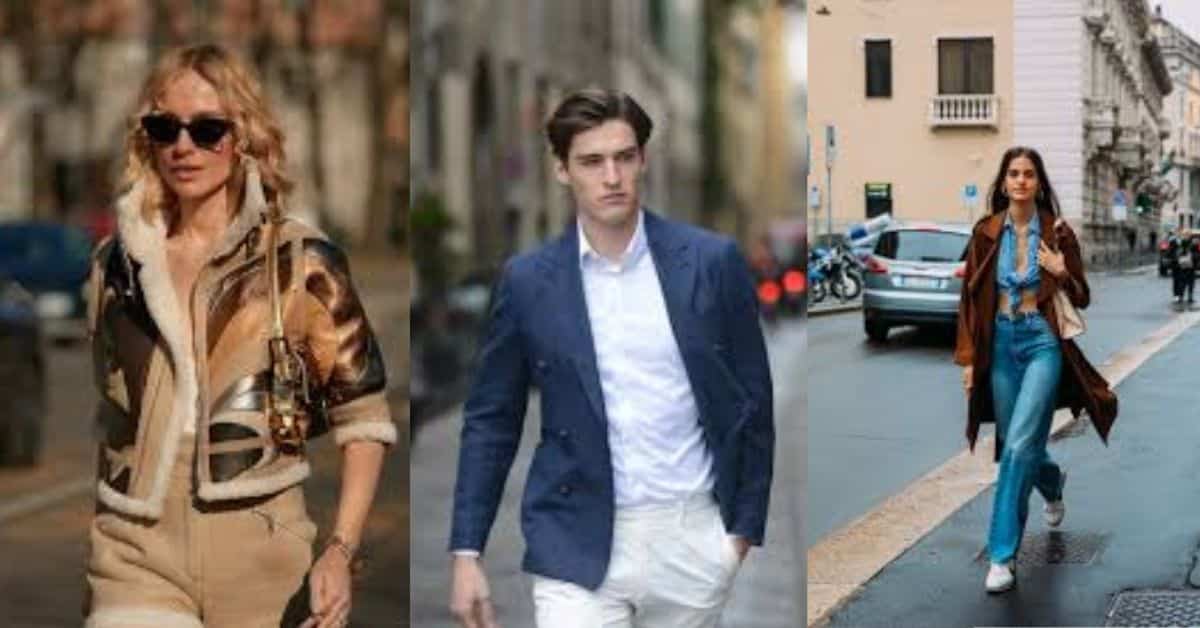
TRENDING FASHION IN ITALY
15 July 2022The Republic of Côte d’Ivoire, popularly known as Ivory Coast, is a nation on the southern tip of West Africa. The country’s major city and commercial hub is the port city of Abidjan, while Yamoussoukro, in the country’s center, serves as its political capital. It bordered by Guinea to the northwest, Liberia to the west, Mali to the northwest, Burkina Faso to the northeast, Ghana to the east, and the Gulf of Guinea (Atlantic Ocean) to the south. Ivory Coast is slightly smaller than Poland or slightly larger than the U.S. state of New Mexico, with a total area of 322,463 km2.
Its official language is French, but native tongues such Bété, Baoulé, Dioula, Dan, Anyin, and Cebaara Senufo are also commonly spoken. Ivory Coast is home to a population of about 78 distinct language speakers. It has population of about 28,713,423 persons. The population of the nation is religiously varied, with many people practicing indigenous religions, Christianity, and Islam.
Ivory Coast had high levels of revenue for its region in 2020 and was the top exporter of cocoa beans worldwide. The Ivorian economy is still primarily dependent on agriculture in the twenty-first century, with smallholder cash-crop production predominating.
TRENDING FASHION IN IVORY COAST





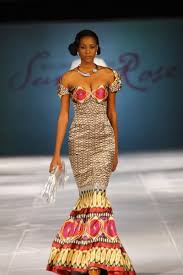
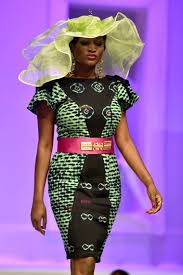



ACCESSORIES IN IVORY COAST



















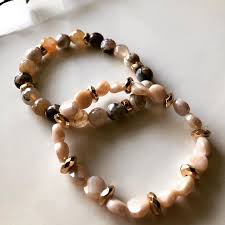




TRIBES IN IVORY COAST AND THEIR FASHION
The Baoulé
This is one of the major ethnic groups in Côte d’Ivoire and an Akan people, the Baule or Baoulé originally migrated from what is now Ghana. The Baoulé are traditionally farmers who reside in the triangle-shaped territory between the Bandama and N’Zi rivers in the center of Côte d’Ivoire (Ivory Coast). The areas surrounding the cities of Bouaké and Yamoussoukro are included in this region in a wide sense. The Baoulé wore a wooden helmet that stands for a buffalo. Then they wore suits with raffia and metal bracelets for the ankles.
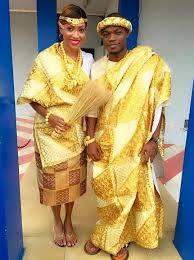



The Bete
The Bété are an Ivory Coast group with strong cultural and artistic links to the Dan, the We (Gwere) and the Guro, among others. The Bete together with many other ethnolinguistic groups makeup the Kru ethnic group.


TOURIST AND HISTORICAL PLACES IN IVORY COAST
Mount Nimba Strict Nature Reserve – This soaring arch of mountainous peaks, crawling across the borders of the Ivory Coast and into the wild, wild reaches of southern Guinea, is regarded by UNESCO as one of the most significant natural reserves in all of West Africa.

Korhogo – Korhogo, a contrarian, has a protracted history of political unrest and antagonism to the current times. The most recent wave of coup d’etats took place here in the early 2000s, with rebel groups pledging allegiance to the opposition.

Marahoué National Park – The region’s fauna may only be a shadow of what it once was—a home to enormous herds of elephants and chimpanzees—but initiatives like education, awareness-raising, and policing are currently underway to try and reverse the situation.

Jacqueville – Little Jacqueville spills into the sea from the opposite side of the Ebrié Lagoon, its sun-kissed beaches rising from the expanses of pineapple trees to meet the Atlantic Ocean’s foamy waves. It is bordered by a stretch of the trademark ivory sands of the Ivory Coast.

Grand-Bassam – Grand-Bassam which proudly displays its UNESCO World Heritage designation, emerges from the Ivorian coast with the neighborhood of fine Parisian homes and intricate colonial municipal structures known as the Ancien Bassam.

Comoe National Park – The expansive plains of the Comoe National Park are a true attraction for ecotourists and adventurous types traveling to Ivory Coast. They are spread out like an eagle between the northern cities and the borderlands of Ghana.

Bouaké – one of the major intersections of the Ivorian north and south, is situated essentially in the middle of the Atlantic coast, the northern borders, Guinea in the east, and Ghana in the west.

Yamoussoukro – Here is an interesting place to visit. characterized by broad boulevards, expansive green spaces, brand-new, gleaming government structures, and tall hotels. There are many fascinating sights, not the least of which is the enormous Basilica of Our Lady of Peace, the world’s biggest Christian church and a huge collection of domes and columns that captures the magnificence of Rome itself.

Assouinde – The most well-known beach destination in the nation is likely Assouinde, which is located a little further along the coast from Grand-Bassam and connected to the capital city of Abidjan by the main route A100.
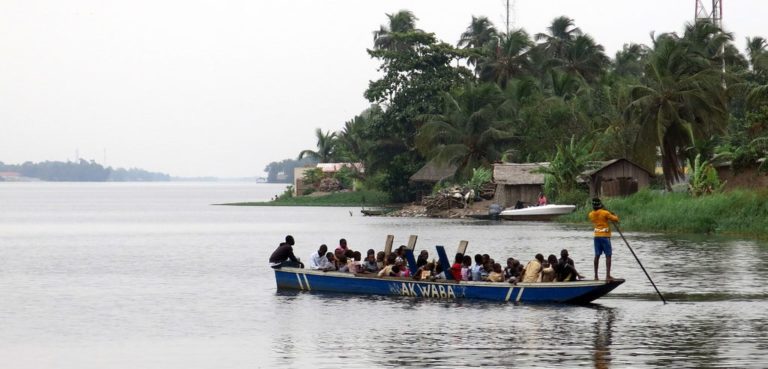
Abidjan – On the southern coast, at the expansive coastal stretches of the Ebrié Lagoon, is where the broad, beating heart of the country may be found. It ranks as the second-largest metropolis in all of West Africa, home to more than four million people.

Abengourou – One of the main access sites for excursions of the surrounding area’s cocoa farms and plantation grounds is the Abengourou Airport.

Man – the rural town of Man is surrounded by apparently unending stretches of lush cocoa plantations and plantain farms after emerging from the rain-soaked, rough edges of the towering Toura Mountains in the country’s interior.

Sassandra – The city of Sassandra possesses numerous layers of colonial history and is another of the preferred entry ways to the beach-fringed, salt-sprayed expanses of the Bas-Sassandra district in southern Ivory Coast.

Sassandra – The city of Sassandra possesses numerous layers of colonial history and is another of the preferred entry ways to the beach-fringed, salt-sprayed expanses of the Bas-Sassandra district in southern Ivory Coast.

San-Pédro – the harbours of San-Pédro protrude into the Atlantic Ocean like enormous tendrils from the southern Ivory Coast rainforest. This seaside location, which is the second-largest port city in the nation, has been exporting substantial quantities of fish, minerals, and metal ores for many years.

MUSIC IN IVORY COAST
The music of Ivory Coast contains styles from a variety of ethnic groups. These styles are frequently distinguished by vocal polyphony, particularly among the Baoulé, talking drums, particularly among the Nzema, and the distinctive polyrhythms prevalent in Sub-Saharan African rhythm. Ivory Coast is known for its zouglou and Coupé-Décalé music styles.
In Ivory Coast, there are many different types of music, including Coupé-Décalé, Zouglou, Pop, Arabic music, and music from many tribes. Based on the races represented in the population, Ivory Coast has a variety of musical styles.
Some musicians in Ivory Coast include:
Bebi Philip

Serge Beynaud

Some Art work in Ivory Coast include:






MEALS IN IVORY COAST
Fufu – fermented cassava prepared by stirring in hot water.
Mafe – staple stew sauce also known as peanut stew.
Alloco – fried plantain served with chilli pepper and onions.
Couscous – steamed granules of rolled durum wheat semolina, often served with a stew spooned on top.
Attieke – a popular side dish made with fermented cassava pulp.
Kedjenou – a spicy stew that is slow-cooked in sealed canari.
Fufu

Mafe

Alloco

Couscous

Attieke

Kedjenou

ENVIRONMENTAL CONSERVATION AND HABITAT PROTECTION IN IVORY COAST
Côte d’Ivoire has placed environmental health and good natural resource governance at the center of its agenda for sustainable development and conflict prevention. The country boasts extraordinary biodiversity, large mineral riches, and significant money from cocoa and other exports. By performing impartial scientific studies of the environment in the nation using sampling, remote sensing, and institutional review, UN Environment has been assisting the Government of Côte d’Ivoire to fulfill this aim.
In addition to 4,700 plant species, the Ivory Coast is home to over 1,200 animal species, including 223 mammals, 702 birds, 125 reptiles, 38 amphibians, and 111 fish species. The majority of the country’s animal population resides in the arid interior, making it the most biodiverse country in West Africa. Nine national parks exist in the country, the largest of which is Assgny National Park, which covers around 17,000 hectares (42,000 acres) of land.










EFFECT OF CLIMATE CHANGE IN IVORY COAST
The extent of climate change and Côte d’Ivoire’s lack of planning to deal with this phenomenon make the nation particularly vulnerable. Rising sea levels, far more erratic rainfall, and hotter average temperatures have already been noted. Sea levels in the Greater Bassam and Abidjan regions might increase by up to 1.2 metres if nothing is done.
There will be more flooded areas, which will cause a significant number of fatalities as well as the forced evacuation of many families and businesses. The loss of homes, roads, schools, and medical facilities may also have an impact on infrastructure.
The Ivorian economy’s main engine, agriculture, is extremely susceptible to climatic fluctuations. Currently, Côte d’Ivoire is the world’s top producer and exporter of cocoa, which generates close to five million people’s direct and indirect income, almost one-third of export earnings, and more than 10% of tax revenues. The effects of climate change will still have an influence on the industry, particularly rising temperatures that could dry up the soil and impair its fertility, prompting many farmers to transfer their crops to higher ground where temperatures are better for growing cocoa.










GENDER EQUALITY IN IVORY COAST
According to United Nations Population Fund, formerly the United Nations Fund for Population Activities, UNFPA, only 9% of women in the Ivory Coast between the ages of 20 and 24 receive any education, and 27% of those who had access to primary education were already married or living together at that age. More than one-third of Ivorian females under the age of 18 are coerced into marriage.
Some prominent women in Ivory Coast include:
Kandia Camara – Ivorian teacher and politician who is the Minister of National Education.
Jacqueline Oble –Ivorian lawyer and politician who was the first woman to stand as a candidate in presidential election.
Euphrasie Kouassi Yao – Ivorian politician, who is the current special advisor to president Alassane Ouattara in charge of gender.
Daniele Boni-Claverie – a prominent journalist and politician in Ivory Coast.
Kandia Camara

Jacqueline Oble

Euphrasie Kouassi Yao

Daniele Boni-Claverie

Henriette Dagri Diabate – Ivorian politician and writer who served as Minister of Culture and Minister of Justice.
Affoussiata Bamba-Lamine – Ivorian politician who served as a Minister of Communication.
Mariatou Kone – Ivory academic and professor of Anthropology, who served as Minister of Solidarity, Women and Child Protection.
Henriette Dagri Diabate

Affoussiata Bamba-Lamine

Mariatou Kone









